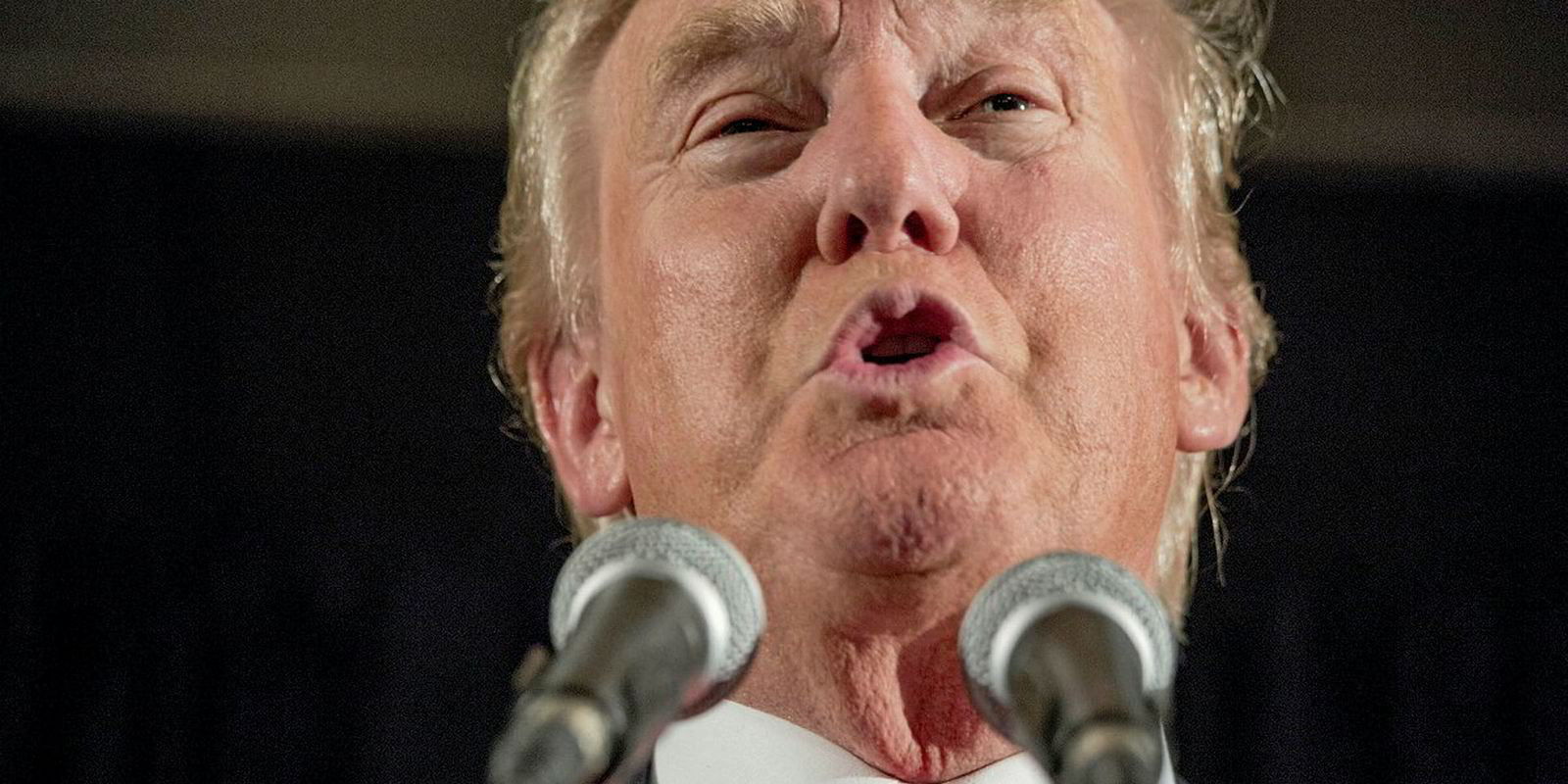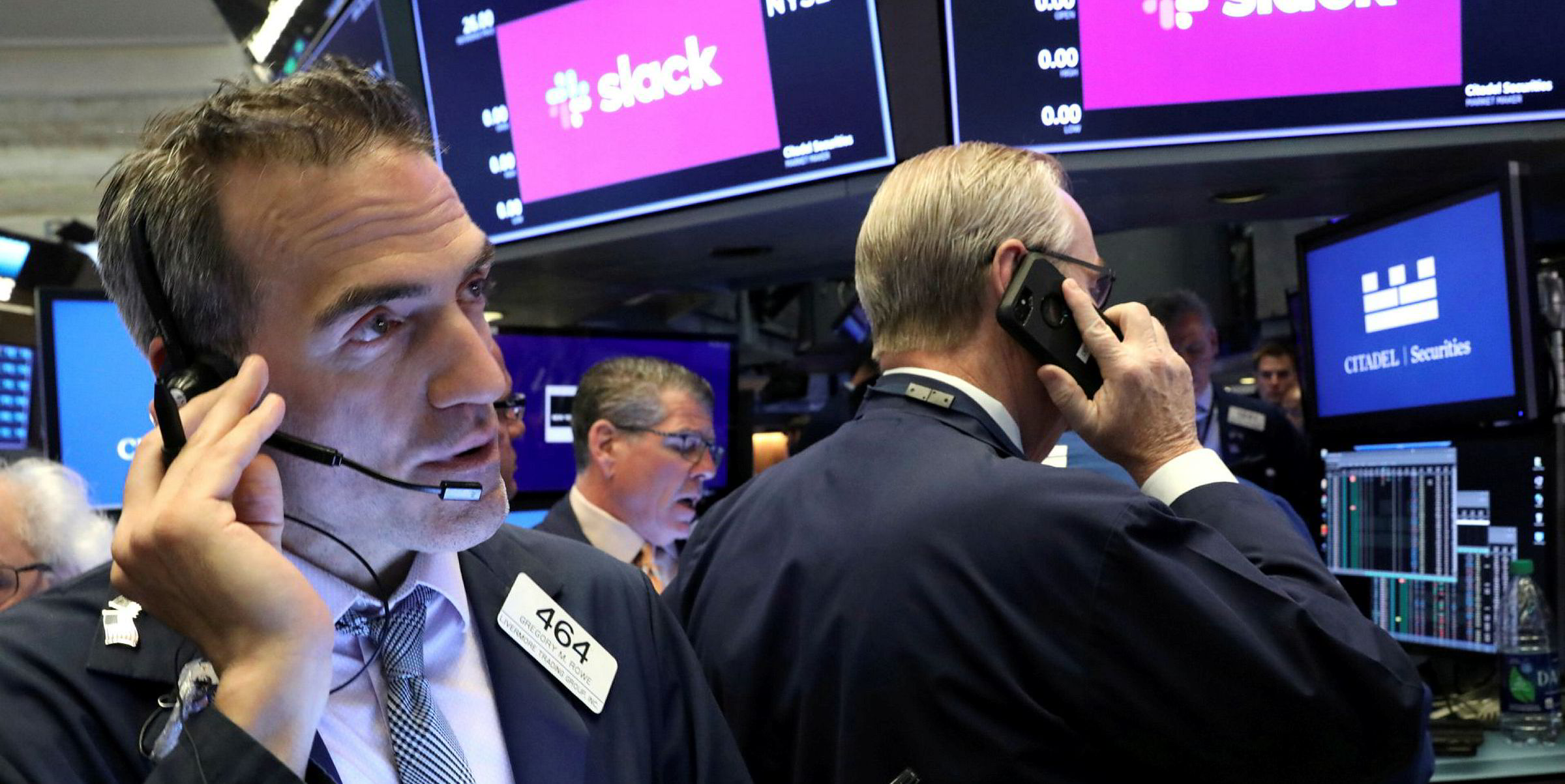The ongoing US-China trade war has taken a pause, perhaps calming months of uncertainty and pessimism throughout maritime shipping.
Shipping analysts were positive on cease fire amid long held concerns around how an escalating trade war would have impacted the world economy.
US president Donald Trump on Saturday said negotiations with China are "right back on track" after meeting with president Xi Jinping at the G20 summit in Japan, the Guardian reported.
Trump said both sides will "continue to negotiate" and he will not add more tariffs after other world leaders at the meeting warned that they could threaten the world's economy.
“We will continue to negotiate, and I promise that at least for the time being we won’t be adding additional [tariffs]," the Guardian quoted him as saying.
He said both sides want to "even up" trade between the world's two largest economies.
Analysts at Arctic Securities said the development was a positive outcome for the world economy, as generally expected, but the downside case was significant.
Joakim Hannisdahl of Cleaves Securities said: "Trump said the Chinese would immediately buy more agricultural commodities, boding well for soybean cargoes for the smaller dry bulk vessels."
Analysts at Clarksons Platou Securities. led by Frode Morkedal, agreed.
They said the cease fire and China's apparent promise to buy US agriculture goods, should be good for soybeans and the panamax and supramax market.
As it stands now, Chinese imports to the US total $549.5bn a year while the US sends over $180bn in goods over to China every year.
Trump has imposed a 25% levy on $250bn of those Chinese imports and threatened weeks ago to slap a 25% tariff on the other $300bn in products coming from China.
The tit-for-tat trade spat has caused jitters and pessimism across shipping since it began last July as the industry pondered supply-demand effects.
The Trump administration started the tussle by placing a 25% tariff on $50bn worth of Chinese goods, prompting Beijing to put tariffs on $34bn in US imports.
In May, the US hiked tariffs on $200bn of Chinese imports from 10% to 25%. China retaliated with tariffs of up to 25% on $60bn of US goods.
Trump has put tariffs on imports from several other countries as well as part of his “America First” policy to lower the country’s trade deficits.





